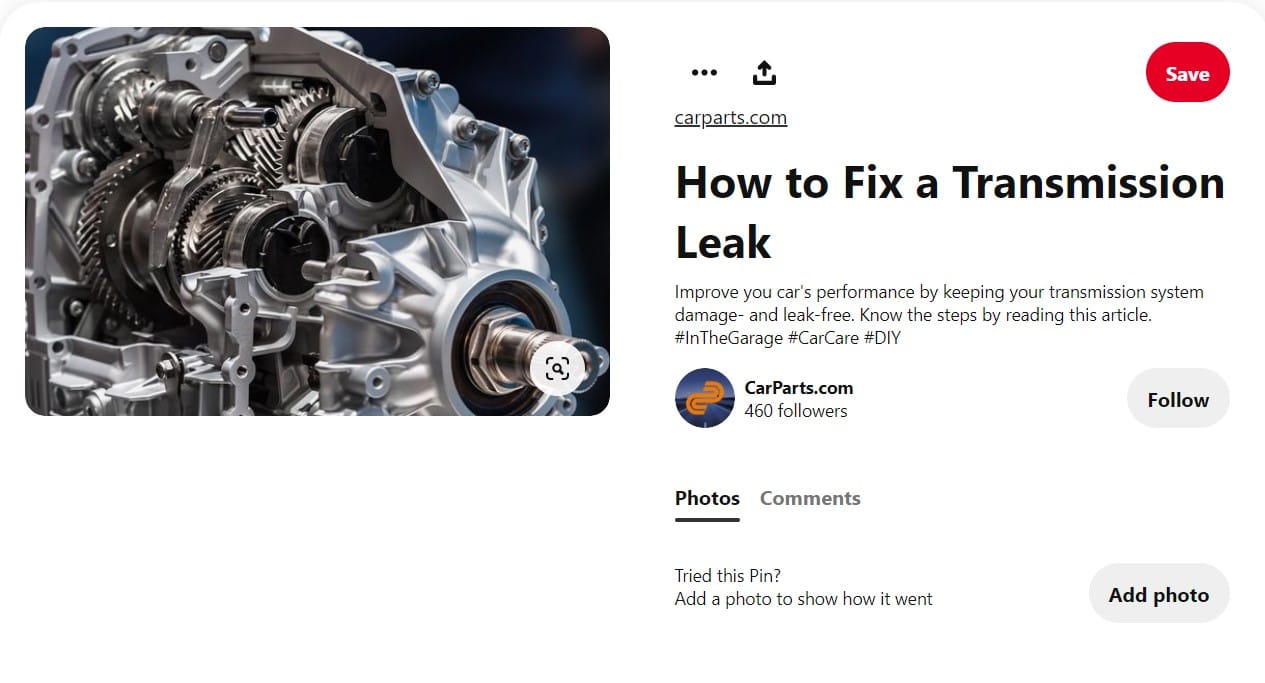Metrics Matter; How Tracking Data Improves Business
We know from everyday life that tracking data helps us to improve performance and reach our goals, whether it’s our credit scores or the miles we run. When we don’t have data, we’re blindly guessing at how we’re performing. It’s like trying to navigate without a map—you’re likely to get completely lost or take the same path multiple times unless you have the data that shows you where you’ve been or where you’re going.
eCommerce operates the same way—we don’t know how well we’re tracking against our goals unless we have accurate, up-to-date analytics that can be checked frequently. But when we are in possession of that data, we have our business road map. Data provides valuable insights that enable us to compile reports, compare results and achieve our goals.
In this blog we will discuss how to ensure your analytics are set up correctly and also how to digest the data based on your goals.
Ensure Your Analytics Are Set Up Correctly
Data should be the driving force behind every marketing decision and activity, but you need to ensure your analytics tracking is accurate and that attribution is set up correctly before you rely on those reports.
For example, you might set up Amazon Pay on your eCommerce website and decide you want to track what kind of visitors utilize that payment method. However, if Amazon Pay was attributed to referral traffic in analytics, that would need to be resolved before you could rely on those attribution reports.
It only takes one data point being off to throw everything else out of whack.You must ensure everything is set up correctly before you begin.
Set Specific Goals
Tracking data is about more than just checking your page views and visitors to see how much traffic your website is getting. To really learn and grow your business, you need to set specific goals to measure specific actions that users take on your website. As the great business manager Peter Drucker said, “If you can’t measure it, you can’t improve it.”
As an eCommerce website, you could have a number of goals, including increasing sign-ups or account creations, but your main goal will likely be increasing your conversion rate and other revenue related objectives. To do that, you will need to track micro-conversions and engagement leading up to a purchase. That means you will want to look at the time on page, exit rates on specific pages, product performance, checkout behavior, and individual goals you set up in analytics.
Measure Your Achievements
Depending on your goals, there are a number of things you can measure or track that are relevant to any eCommerce business. Let’s take a look at some of the most important Key Performance Indicators (KPI’s) you should measure on a continuous basis.
- Conversion rate: the percentage of visitors that end up making a purchase. eCommerce conversion rates tend to average around the 1-2% mark. Aside from sales, conversion rates can also apply to any action that you want a customer to take, from signing up for your subscription emails or clicking on a specific button.
- Customer Acquisition Cost (CAC): tells you how much you are spending for each new customer acquired. Understanding this data helps you to optimize your advertising expenses.
- Bounce rate: shows the percentage of customers leaving your site within at least 15 seconds. Paying attention to your bounce rate can help you establish how well your homepage and landing pages are performing and may show you where modifications need to be made to improve this.
- Average order value (AOV): tells you your customer’s spending behavior when they visit your site and is one of the most important metrics to keep track of when it comes to your business.
- Cart abandonment rate: shows the percentage of shoppers that are adding a product to their cart and then leaving your site without making a purchase. Knowing your rates can help you optimize your checkout process and initiate actions to recover buckets of lost sales.
Keeping an eye on these metrics can help you determine where you should be focusing your advertising spend, or partnerships you could potentially form with other websites to increase traffic and grow your audience. And keeping tabs on your search results enables you to tweak and improve your SEO, which can improve your traffic volume and quality.
Check out our blogs Six eCommerce eMail KPIs Merchants Need to Measure for Success and How to Analyze Google Ads Data After the Death of Average Position Ranking for more information on measuring your achievements with data.
What analytics tool should you use?
Whether you are a small or medium-sized business, an easy-to-use customer analytics tool that meets the needs of your eCommerce business goals is highly recommended. A few available options to consider include:
- Google Analytics is best for eCommerce businesses who want to analyze their website traffic and receive some metrics such as sales conversions, product performance, customer acquisition, and various customer behavior. The best part about this tool is that it is completely free and customizable.
- Search Console is best for eCommerce businesses who are looking to track the overall health of their website.
- Crazy Egg is best for eCommerce businesses whose goal is to optimize their conversion rate. This consists of tracking customer moves and seeing how visitors interact with their site to help build an overall better experience.
- SEMRush is best for eCommerce businesses looking for direction to help improve their SEO strategy (monitoring keywords and rankings) and grow their online visibility faster.
Conclusion
Nowadays we have so much data and so many ways of measuring our performance that it can almost seem overwhelming to begin with. But one of the worst things you can do as a business owner is to overlook your data and continue to operate blindly.
If you’re feeling inspired to set some goals and grow your business, our team can help you identify some valuable targets and set up accurate tracking to monitor your progress and achieve your objectives.
Drop Us a Line At:
Or, if you prefer an old-fashioned phone call:
Phone (USA): (513) 469-3362
250 East Fifth Street 15th Floor PMB 664
Cincinnati, OH 45202











